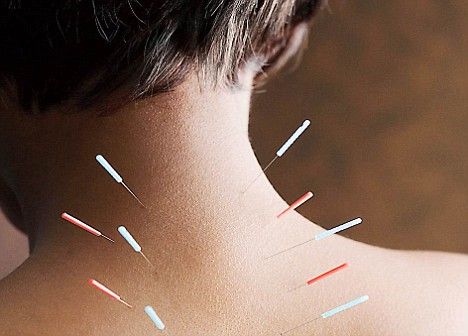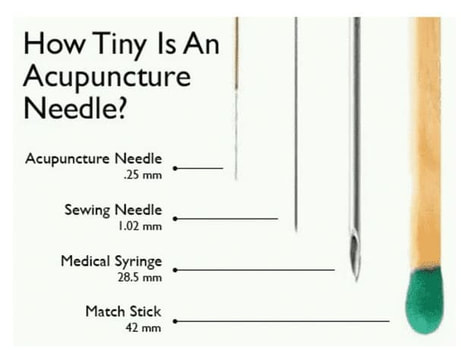
What Is Dry Needling?
Dry needling involves the insertion of thin, solid needles directly into trigger points, or tight bands within muscles, to stimulate a response that alleviates pain and improves function. Unlike acupuncture, which focuses on restoring the flow of energy, dry needling targets muscle tissue to release tension and promote healing.
Benefits of Dry Needling:
- Pain Relief: Experience targeted relief from chronic pain conditions, including lower back pain, neck pain, migraines, and more.
- Improved Range of Motion: Enhance flexibility and movement by addressing muscular restrictions and promoting better joint function.
- Muscle Function Enhancement: Restore proper muscle function by releasing knots and reducing muscle tension.
- Accelerated Healing: Stimulate the body's natural healing process, promoting quicker recovery from injuries.
- Complementary Therapy: Work alongside other treatments like physical therapy or chiropractic care for enhanced results.
How Does It Work?
During a dry needling session, a trained practitioner will locate and insert thin needles into specific trigger points or areas of muscular tension. This insertion prompts a twitch response from the muscle, signaling the release of tension and encouraging blood flow to the area. Patients often experience a sense of relief and relaxation during and after the session.
Is Dry Needling Right for You?
Dry needling is a safe and effective option for many individuals dealing with various musculoskeletal issues, including:
- Chronic pain sufferers
- Athletes with sports-related injuries
- Those experiencing muscle tightness or spasms
- Individuals with limited range of motion due to muscle stiffness
Dry Needling Vs Acupuncture
Although they seem very similar, Dry needling and acupuncture vary.
While they both utilize the same needles inserted in the skin, Dry needling aims to treat localized muscle trigger points in bands of muscle before the pain travels to other parts of the body. Acupuncture focus on the balance of the flow on energy in the body by following and clearing out meridian patterns.
Although they seem very similar, Dry needling and acupuncture vary.
While they both utilize the same needles inserted in the skin, Dry needling aims to treat localized muscle trigger points in bands of muscle before the pain travels to other parts of the body. Acupuncture focus on the balance of the flow on energy in the body by following and clearing out meridian patterns.

Needles?!
Concerned or afraid of needles?
The size of the needles we use for Dry Needling are extremely thin compared to medical needles you may be used to. If you have ever donated blood or received any injections before, the Dry Needles are much, MUCH thinner.
Many time you will not even feel the needles when they are inserted.
Concerned or afraid of needles?
The size of the needles we use for Dry Needling are extremely thin compared to medical needles you may be used to. If you have ever donated blood or received any injections before, the Dry Needles are much, MUCH thinner.
Many time you will not even feel the needles when they are inserted.
--- SIDEBAR ---
1) Phys Ther Rev. 2014 Aug; 19(4): 252–265 - Dry needling: a literature review with implications for clinical practice guidelines
Core Health & Wellness Center - 1755 E. Plumb Ln, Suite 201, Reno, NV 89502 -- New Patients Schedule Your Appointment Blog Services Contact Us FAQ

